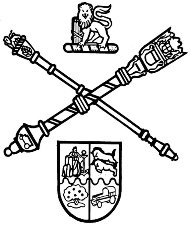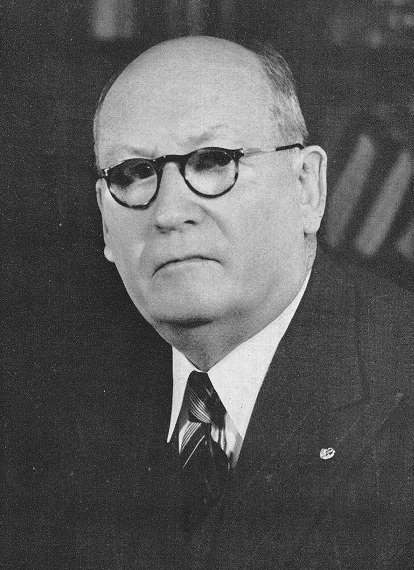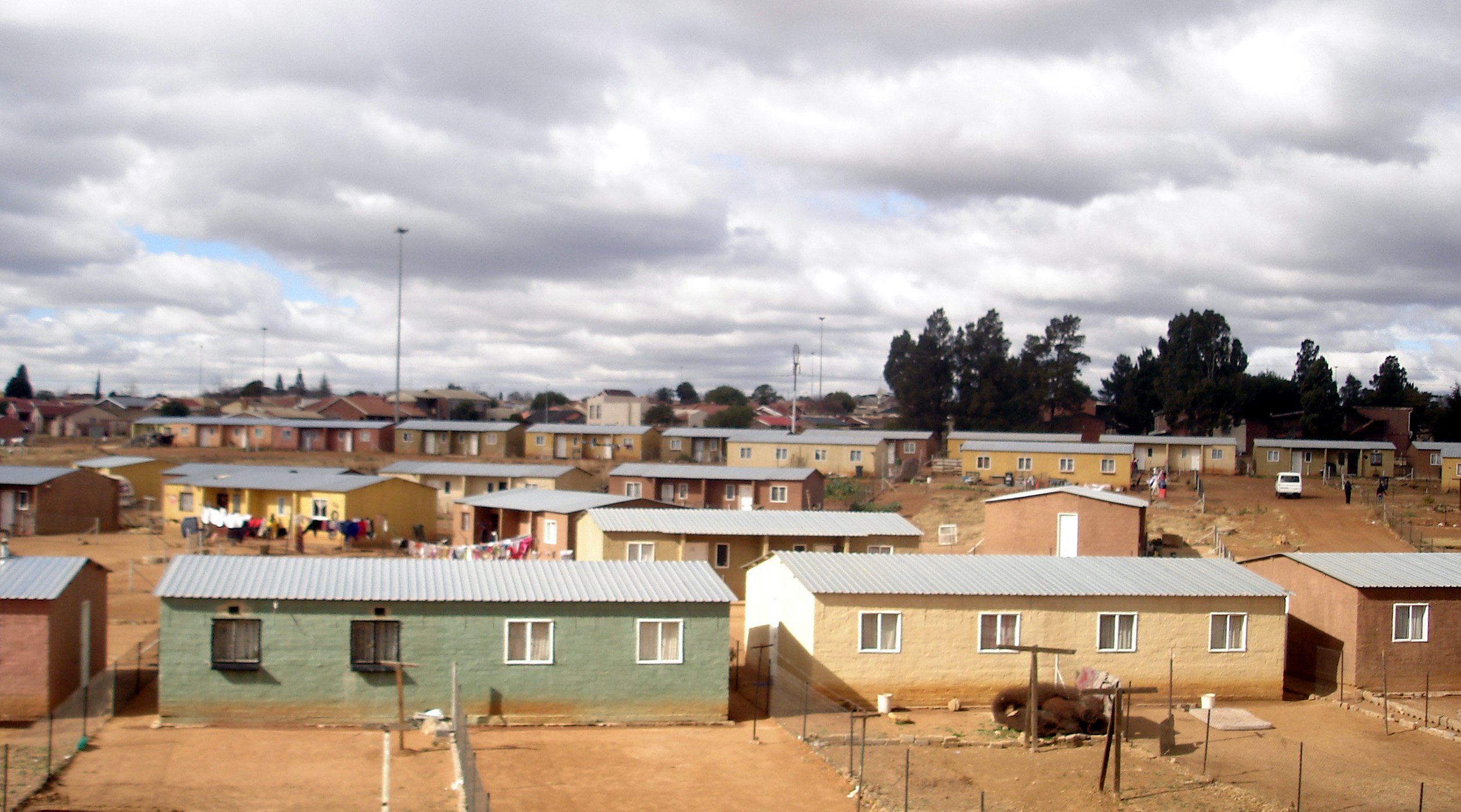|
Public Finance Management Act, 1999
The Public Finance Management Act, 1999 (PFMA; Act No. 1 of 1999) is the primary public finance management law in South Africa. It delineates standards for expenditure, accounting, and reporting for public entities. Its scope is generally limited to entities of national and provincial governments. A piece of framework legislation, its implementation is governed by regulations and directives produced by the National Treasury. The act was drafted by the first post-apartheid government to modernise public finance management standards and comply with Section 216 of the Constitution of 1996. It replaced and superseded various pieces of apartheid-era legislation subsidiary to the Exchequer Act, 1975. In particular, the new public finance management framework was viewed as a necessary complement to the service-delivery focus of the Reconstruction and Development Programme Reconstruction and Development Programme (RDP) was a South African socio-economic policy framework implemented ... [...More Info...] [...Related Items...] OR: [Wikipedia] [Google] [Baidu] |
Republic Of South Africa
South Africa, officially the Republic of South Africa (RSA), is the Southern Africa, southernmost country in Africa. Its Provinces of South Africa, nine provinces are bounded to the south by of coastline that stretches along the Atlantic Ocean, South Atlantic and Indian Ocean; to the north by the neighbouring countries of Namibia, Botswana, and Zimbabwe; to the east and northeast by Mozambique and Eswatini; and it encloses Lesotho. Covering an area of , the country has Demographics of South Africa, a population of over 64 million people. Pretoria is the administrative capital, while Cape Town, as the seat of Parliament of South Africa, Parliament, is the legislative capital, and Bloemfontein is regarded as the judicial capital. The largest, most populous city is Johannesburg, followed by Cape Town and Durban. Cradle of Humankind, Archaeological findings suggest that various hominid species existed in South Africa about 2.5 million years ago, and modern humans inhabited the ... [...More Info...] [...Related Items...] OR: [Wikipedia] [Google] [Baidu] |
Parliament Of South Africa
The Parliament of the Republic of South Africa is South Africa's legislature. It is located in Cape Town; the country's legislative capital city, capital. Under the present Constitution of South Africa, the bicameralism, bicameral Parliament comprises a National Assembly (South Africa), National Assembly and a National Council of Provinces. The current 28th South African Parliament, twenty-eighth Parliament was first convened on 14 June 2024. From 1910 to 1994, members of Parliament were elected chiefly by the South African Whites in South Africa, white minority. The first elections with universal suffrage were held in South African general election, 1994, 1994. Both chambers held their meetings in the Houses of Parliament, Cape Town that were built 1875–1884. A 2022 Parliament of South Africa fire, fire broke out within the buildings in early January 2022, destroying the session room of the National Assembly. It was decided that the National Assembly would temporarily m ... [...More Info...] [...Related Items...] OR: [Wikipedia] [Google] [Baidu] |
Public Finance
Public finance refers to the monetary resources available to governments and also to the study of finance within government and role of the government in the economy. Within academic settings, public finance is a widely studied subject in many branches of political science, political economy and public economics. Research assesses the government revenue and government expenditure of the public authorities and the adjustment of one or the other to achieve desirable effects and avoid undesirable ones. The purview of public finance is considered to be threefold, consisting of governmental effects on: # The efficient allocation of available resources; # The distribution of income among citizens; and # The stability of the economy. American public policy advisor and economist Jonathan Gruber put forth a framework to assess the broad field of public finance in 2010:Gruber, J. (2010) Public Finance and Public Policy (Third Edition), Worth Publishers, Pg. 3, Part 1 # When shoul ... [...More Info...] [...Related Items...] OR: [Wikipedia] [Google] [Baidu] |
Provincial Governments Of South Africa
The nine provinces of South Africa are governed by provincial governments which form the second layer of government, between the national government and the municipalities. The provincial governments are established, and their structure defined, by Chapter Six of the Constitution of South Africa. The provincial governments are structured according to a parliamentary system in which the executive is dependent on and accountable to the legislature. In each province the provincial legislature is directly elected by proportional representation, and the legislature in turn elects one of its members as Premier to head the executive. The Premier appoints an Executive Council (a cabinet), consisting of members of the legislature, to administer the various departments of the provincial administration. The powers of the provincial governments are circumscribed by the national constitution, which limits them to certain listed "functional areas". In some areas the provincial governments ... [...More Info...] [...Related Items...] OR: [Wikipedia] [Google] [Baidu] |
National Treasury (South Africa)
The National Treasury is one of the departments of the South African government. The Treasury manages national economic policy, prepares the South African government's annual budget and manages the government's finances. Along with the South African Revenue Service and Statistics South Africa, the Treasury falls within the portfolio of the Minister of Finance. Throughout the course of President Jacob Zuma's second administration, the ministry has undergone several changes. Most notably, Nhlanhla Nene was suddenly dismissed on 9 December 2015, without explanation, and replaced with a relatively unknown parliamentary back-bencher from the ruling ANC's caucus, David 'Des' van Rooyen for a record-total of 3 days. He was, in turn, replaced by Pravin Gordhan after the President faced significant pressure from political and business groups over the move. On 30 March 2017 Jacob Zuma axed Pravin Gordhan and appointed Malusi Gigaba as a Finance Minister. Following Zuma's resignation, ... [...More Info...] [...Related Items...] OR: [Wikipedia] [Google] [Baidu] |
Government Of South Africa
The Government of South Africa, or South African Government, is the national government of the Republic of South Africa, a parliamentary republic with a three-tier system of government and an independent judiciary, operating in a parliamentary system. Legislative authority is held by the Parliament of South Africa. Executive authority is vested in the President of South Africa who is head of state and head of government, and their Cabinet. The President is elected by the Parliament to serve a fixed term. South Africa's government differs from those of other Commonwealth nations. The national, provincial and local levels of government all have legislative and executive authority in their own spheres, and are defined in the South African Constitution as "distinctive, interdependent and interrelated". Operating at both national and provincial levels ("domes") are advisory bodies drawn from South Africa's traditional leaders. It is a stated intention in the Constitution that the ... [...More Info...] [...Related Items...] OR: [Wikipedia] [Google] [Baidu] |
Constitution Of South Africa
The Constitution of South Africa is the supreme law of the Republic of South Africa. It provides the legal foundation for the existence of the republic, it sets out the human rights and duties of its citizens, and defines the structure of the Government. The current constitution, the country's fifth, was drawn up by the Parliament elected in 1994 general election. It was promulgated by President Nelson Mandela on 18 December 1996 and came into effect on 4 February 1997, replacing the Interim Constitution of 1993. The first constitution was enacted by the South Africa Act 1909, the longest-lasting to date. Since 1961, the constitutions have promulgated a republican form of government. Since 1997, the Constitution has been amended by eighteen amendments. The Constitution is formally entitled the "Constitution of the Republic of South Africa, 1996." It was previously also numbered as if it were an Act of ParliamentAct No. 108 of 1996but, since the passage of the Citation ... [...More Info...] [...Related Items...] OR: [Wikipedia] [Google] [Baidu] |
Apartheid
Apartheid ( , especially South African English: , ; , ) was a system of institutionalised racial segregation that existed in South Africa and South West Africa (now Namibia) from 1948 to the early 1990s. It was characterised by an authoritarian political culture based on ''baasskap'' ( 'boss-ship' or 'boss-hood'), which ensured that South Africa was dominated politically, socially, and economically by the nation's minority White South Africans, white population. Under this minoritarianism, minoritarian system, white citizens held the highest status, followed by Indian South Africans, Indians, Coloureds and Ethnic groups in South Africa#Black South Africans, black Africans, in that order. The economic legacy and social effects of apartheid continue to the present day, particularly Inequality in post-apartheid South Africa, inequality. Broadly speaking, apartheid was delineated into ''petty apartheid'', which entailed the segregation of public facilities and social ev ... [...More Info...] [...Related Items...] OR: [Wikipedia] [Google] [Baidu] |
Reconstruction And Development Programme
Reconstruction and Development Programme (RDP) was a South African socio-economic policy framework implemented by the African National Congress (ANC) government of Nelson Mandela in 1994 after months of discussions, consultations and negotiations between the ANC, its Alliance partners the Congress of South African Trade Unions and the South African Communist Party, and "mass organisations in the wider civil society".The Reconstruction and Development Programme Preface , 1994 The ANC's chief aim in developing and implementing the Reconstruction and Development Programme, was to address the immense socioeconomic problems brought about by < ... [...More Info...] [...Related Items...] OR: [Wikipedia] [Google] [Baidu] |
1999 In South African Law
1999 was designated as the International Year of Older Persons. Events January * January 1 – The euro currency is established and the European Central Bank assumes its full powers. * January 3 – The Mars Polar Lander is launched by NASA. * January 25 – The 6.2 Colombia earthquake hits western Colombia, killing at least 1,900 people. February * February 7 – Abdullah II inherits the throne of Jordan, following the death of his father King Hussein. * February 11 – Pluto moves along its eccentric orbit further from the Sun than Neptune. It had been nearer than Neptune since 1979, and will become again in 2231. * February 12 – U.S. President Bill Clinton is acquitted in impeachment proceedings in the United States Senate. * February 16 ** In Uzbekistan, an apparent assassination attempt against President Islam Karimov takes place at government headquarters. ** Across Europe, Kurdish protestors take over embassies and hold hostages after ... [...More Info...] [...Related Items...] OR: [Wikipedia] [Google] [Baidu] |





